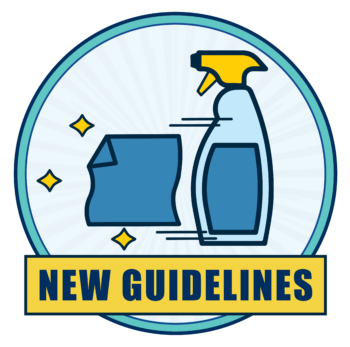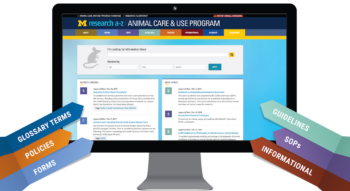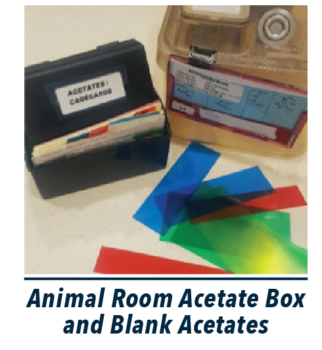New PI Proxy Role Available in eRAM June 10
In response to overwhelming feedback provided by the research community during Animal Care & Use Office (ACUO) Quality Assurance Visits, the ability to assign an individual to act on behalf of the Principal Investigator (PI) on a protocol in the eResearch Animal Management (eRAM) system will be available starting Monday, June 10, 2019. The new ...











